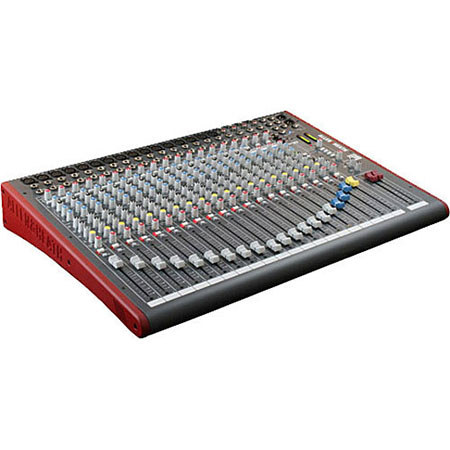
MIXING LIVE SOUND IN STEREO MANUAL
Since every mixing board is different, this webpage is not designed to replace the manual for your mixer, rather, to help you understand it. That is unfortunate, because a sound tech can often either make or break a band. In case of feedback, to turn something down. By this they mean to occasionally turn up something at their direction, or just be there Your main job will be to man the control center of the sound system: the mixing board.Īll too often a band will put a novice in this position to, as they say, "babysit" the board. system for you, or at least show you how everything plugs together. Most likely someone in the band will set up the P.A. If you have been asked to run sound for a buddy's band, but you're not sure what all the knobs, push buttons, and sliders (faders) do, you've come to the right Sad but true.The Basics of Mixing Live Sound: a Brief Tutorial Learn how your mixing console works We need forground PA, not reinforcement as it is inaccurately called in the context of live rock/pop, etc to blast the material everywhere. The sweet spot as you call it has nothing to do with need for EQ, crossover, place mics and speakers. all change that sound so it never really equals the sweet spot aurally. However the nasty is that any rooms acoustics come into play, reflections, absorption, equips inability to accurately reproduce tone, effects added etc. By amplifying (more correctly reinforcing) the sound of that spot through two speakers one on each side of the stage you are widening that effect. Stepping back in the room until the rooms reflections and the sound generated by each instrument blend together perfectly would be that sweet spot. Same for extreme left, and even the same for centered if you are very close. All five musicians spread out across the stage and playing their instruments at appropriate volumes where they can all hear each other, now if you were to stand 10' away to the extreme right you would hear the instruments closest to you at a higher volume. If you imagine a small stage where you have a five piece band bass, drums, guitar, piano, flute. Jg49 wrote: The "sweet spot" is almost mythical thing, not quite like the unicorn but. The higher the volume levels of the PA the less this effect exists and the more deaf children we create. We use stereo even small clubs when musicians like the keyboard player are using stereo effects, or the lead player is usinga stereo set-up (mine does and does not but never tells us ahead of time what he's bringing.) If the rhythm guitar is not as loud as the lead we can center that a liitle more in the mix etc. So if we pan bass and keyboards slightly to the other side and vice versa the stage left instuments we can overcome this to a degree depending on how large the room is. If we mono everything into a good mix and project it equally from both sides those audience members facing stage right are going to hear the piano and bass much louder due to the mix and the stage volume.

Therefore the amplification coming off the stage is also going to increase the areas of the room where the sweet spot does not exist. We have stage left lead guitarist playing his tube amp at a volume needed to create good tone, a rhythm guitar through a smaller amp, drums center, bass, and stage right keyboardist playing through an amp. So lets take a slightly different scenario. Or in rock and roll just try and deafen as many of them as we can in ten minutes or less LOL!īack again (*^^%$ doorbell, Jehovah this (no offense intended!) In order to try to defeat this we EQ, crossover, place mics and speakers strategically but at best it is always a compromise where we try and get the best efffect to the most audience members. The "sweet spot" is almost mythical thing, not quite like the unicorn but.


 0 kommentar(er)
0 kommentar(er)
